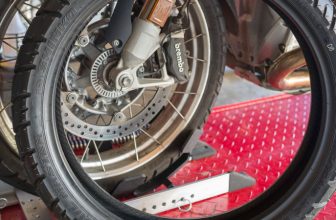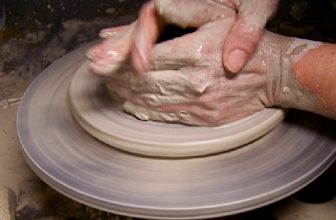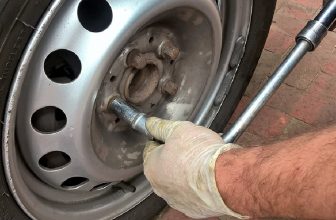How to Get a Wheel Bearing Off That is Stuck
A wheel bearing stick can cause serious problems to your steering and suspension system. It can make your car pull to one side when driving or even shake the steering wheel. Furthermore, it can prevent you from effectively turning or cornering. I
n extreme cases, it may even create a feeling of instability in the vehicle while driving at high speeds. For these reasons, it is important to ensure that your wheel bearings are in good condition and free from sticking.
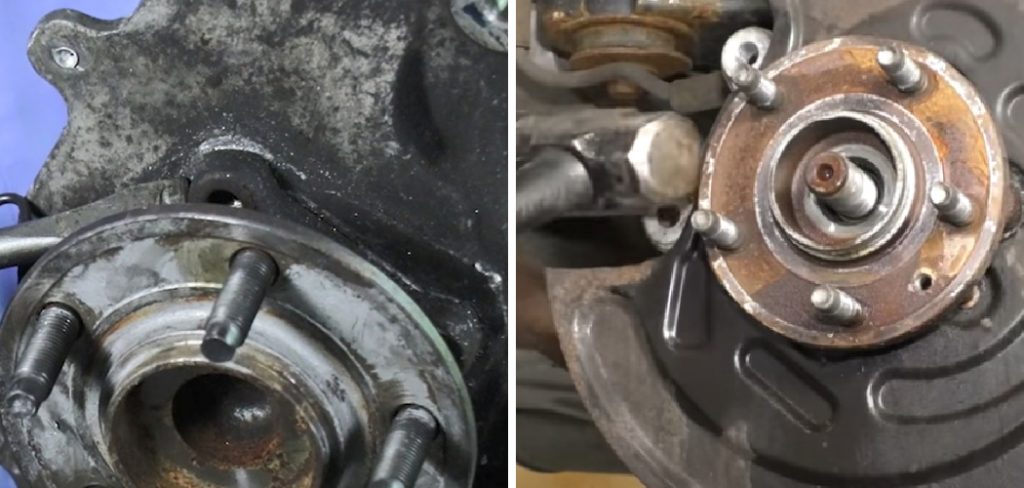
There are several advantages when it comes to getting a wheel bearing off that is stuck. The most noteworthy benefit of this process is the safety aspect. It ensures that no damage will be done to the vehicle due to excessive force being used on any components.
It also prevents potential accidents from occurring by eliminating the risk of removing the wrong parts or improperly installing the wrong parts. In this blog post, You will learn how to get a wheel bearing off that is stuck.
How Should You Prepare for Disassembling the Vehicle to Access the Wheel Bearing?
Before attempting to get a stuck wheel bearing off, it’s important to take the necessary safety precautions. Always wear protective gear such as gloves, goggles, and shoes to prevent any serious injury from happening. Once you’ve prepared for the work, follow these steps to remove a stuck wheel bearing safely:
- Remove the tire and rim of the vehicle to access the wheel bearing assembly.
- Access the bearings by removing any bolts or nuts that are holding it in place.
- Secure the bearing with a vice grip and use a hammer to tap the edge of the bearing, breaking any rust or corrosion that’s built up over time.
- Make sure to use PB Blaster, which is a lubricant designed to penetrate rust and help loosen stuck bolts on the area surrounding the bearing.
- Heat up the bearing with a torch or heat gun to expand and remove it easier.
- If all else fails, you might need to cut the bearing off with a reciprocating saw or another cutting tool. Be careful not to damage any of the surrounding components while doing so.
- Once the bearing is off, inspect it for damage and replace it if necessary.
Getting a wheel bearing off that is stuck can be tricky, but with the correct tools and safety precautions, you should be able to get the job done successfully.
How Can You Safely Remove the Part Without Damaging It or Any Other Components?
When a wheel bearing is stuck, the best approach is first to try loosening it with some penetrating oil. Use a wrench or ratchet set to turn the wheel bearing in a clockwise direction until it begins to move. Once there’s some movement, apply more force to continue turning the wheel bearing until it can be completely removed.
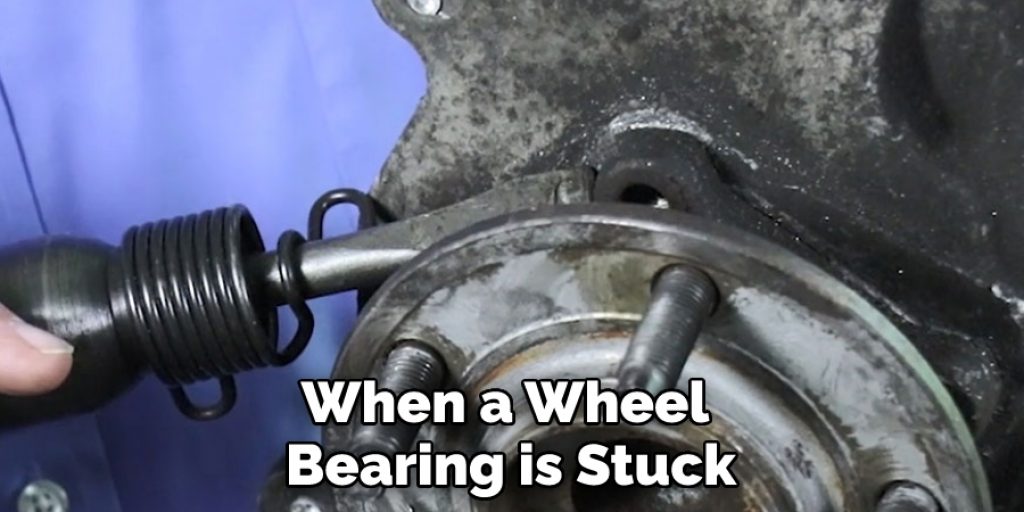
If the wheel bearing is still stuck, another option is to raise the vehicle and apply a hydraulic jack to push down on the wheel bearing while turning it with a wrench. Do not apply an excessive amount of force when using this method, as too much pressure can cause damage to other components. Finally, if all else fails and the wheel bearing is still stuck, it may be necessary to use a puller tool. This specialized tool can be used to carefully remove the wheel bearing without damaging it or any other components and should only be done by a qualified mechanic.
Step by Step Processes for How to Get a Wheel Bearing Off That is Stuck
Step 1: Inspect the Wheel Bearing
Before attempting to get the wheel bearing off, inspect it first. Look for any signs of wear or damage that could be causing the bearing to stick. If there is any visible damage, you may need to replace the wheel bearing before continuing.
Step 2: Clean the Wheel Bearing
Using a degreaser, clean the wheel bearing to remove any built-up dirt and grime that may be causing it to stick. Be sure to wear protective gear such as gloves and eyewear when cleaning with your degreaser. Once the wheel bearing is clean, lubricate it using a lubricant specifically designed for wheel bearings. This will help reduce friction and make it easier to get the wheel bearing off.
Step 3: Use Heat to Loosen the Bearing
Heat can be used to help loosen the wheel bearing that is stuck. Using a propane torch, heat up the wheel bearing evenly and slowly until it becomes hot. This should help make it easier to remove the wheel bearing. Once the wheel bearing has been heated, use a socket to fit over the bearing. Use an appropriate size and shape of socket based on your wheel bearing type.
Step 4: Secure the Socket in Place
Once the socket is in place, secure it using a wrench or other tool to hold it tightly against the wheel bearing. This will help ensure that the socket remains in place while you work on getting the wheel bearing off. Insert a wedge, such as a screwdriver or chisel, into the socket and tap gently with a hammer to loosen the wheel bearing. The wedge should help move the bearing away from its stuck position.
Step 5: Remove the Bearing and Socket
Once the wheel bearing has been loosened, use a wrench to remove both the socket and the wheel bearing from the hub. After removing the wheel bearing and socket, inspect the hub surface for any dirt or debris that may have been left behind. Clean and sand the hub surface to ensure it is smooth before reinstalling the wheel bearing.
Step 6: Reinstall a Properly Fitting Wheel Bearing
Once the hub surface has been prepared, install a properly fitting wheel bearing into place. Make sure you use your vehicle’s correct size and type of wheel bearing. Once the wheel bearing has been installed, check that it is secured properly before continuing.

With these steps, you should know how to get a stuck wheel bearing off without damaging any other parts.
Safety Precautions for How to Get a Wheel Bearing Off That is Stuck
- Put on safety goggles and gloves when working to avoid any debris that might fly off the wheel bearing.
- Raise the vehicle onto the jack stands or a lift, ensuring it is secure before beginning to work on it.
- Disconnect and remove the wheel from the car, using a lug wrench to loosen them.
- Remove the brake caliper and rotor, then the hub assembly.
- Place a wheel bearing puller on the wheel bearing and tighten it according to the manufacturer’s instructions.
- Place a hydraulic press or vice grip around the center of the wheel bearing and slowly begin to apply pressure as you turn it counterclockwise.
- If the wheel bearing is still stuck, heat it with a torch or heat gun. Do not exceed 350°F to avoid further damage, and use a coolant spray to protect any surrounding components.
- Finally, if all else fails, use an impact wrench to break it free and then remove it.
By following these steps and taking proper safety precautions, you can safely get a wheel bearing off that is stuck. Take your time and be sure to wear the appropriate safety gear when working on vehicles.
How Should You Clean Off Any Excess Grease or Dirt From the Wheel Hub Before Reinstalling the Wheel Bearing?
To ensure a successful reinstallation of the wheel bearing, it is important to clean off any excess grease or dirt from the wheel hub before reinstalling the wheel bearing. Cleaning the area will remove any buildup that could have occurred when the wheel bearing was stuck due to grime and debris.
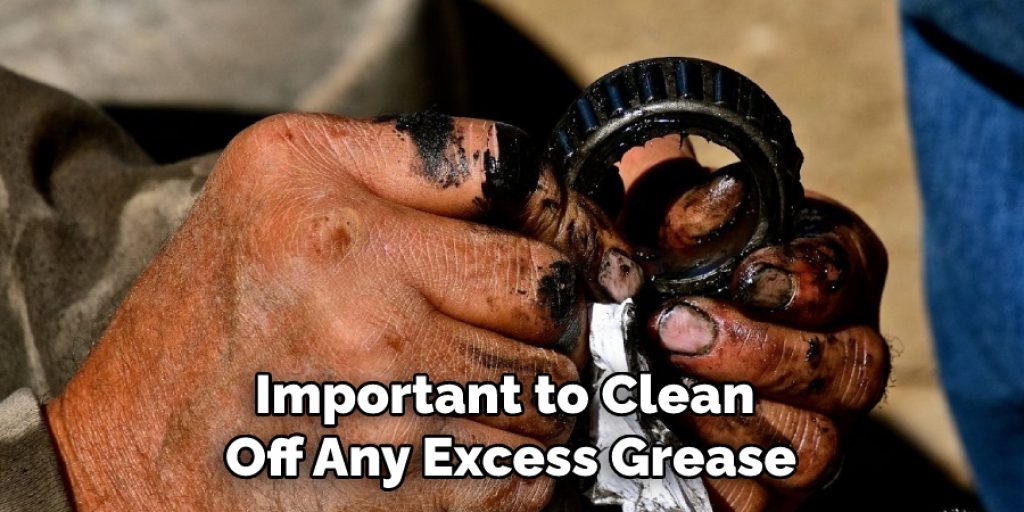
The best way to do this is with a wire brush. Be sure to use a brush specifically designed for this purpose–other brushes may damage the wheel hub. Taking a rag and wiping down the surface afterward can also help to remove any smaller pieces of dirt or grease.
It is important that you take the time to clean off any excess grease or dirt that may have built up on the wheel hub, as this will ensure a smooth reinstallation of your wheel bearing.
Doing so can save you time and frustration down the road when dealing with potential issues due to faulty installation. By following these steps to clean off any excess grease or dirt from the wheel hub before reinstalling the wheel bearing, you can ensure that your wheel bearing will be securely reattached and ready to go.
How Can You Prevent the Wheel Bearing From Getting Stuck Again?
Once the wheel bearing has been removed, it’s important to take measures to prevent it from getting stuck again. One of the best methods for doing so is regular maintenance and inspection of your vehicle’s wheel bearings. Check them periodically for signs of wear or damage, such as rust or corrosion, and replace them if necessary.
Additionally, greasing the wheel bearing before reassembly will help keep it running smoothly. Also, be sure to use the proper torque when reinstalling wheel bearings, as too much or too little can cause them to become stuck again.
Finally, consider using a quality wheel bearing sealant designed to protect your wheel bearings from dirt and debris. This could help prevent future problems with wheel bearings becoming stuck. These simple steps can help ensure that your wheel bearings remain in top condition and keep them from getting stuck again.
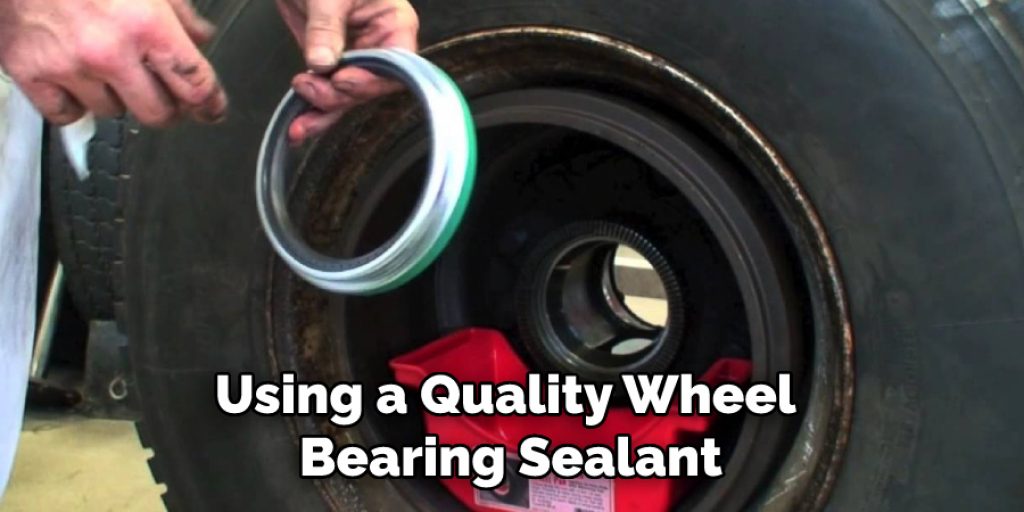
Conclusion
In conclusion, getting a wheel bearing off that is stuck can be both time-consuming and challenging, but it is an important step to take to maintain your car properly. In most cases, the use of penetrating oil, heat, and mechanical force should help release the bearing from its housing and allow for replacement.
Always wear gloves when handling components, as the oils used can be hazardous. With the correct tools, you should now have a better understanding of getting a wheel bearing off that is stuck and make sure your car’s performance remains at its best. I hope this article has been beneficial for learning how to get a wheel bearing off that is stuck. Make Sure the precautionary measures are followed chronologically.

